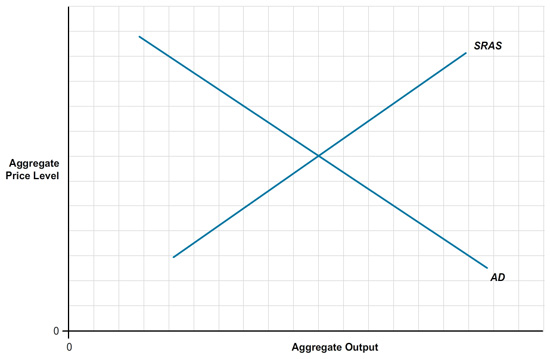Chapter . Chapter 16b (27b)
Step 1
Question
Suppose that the United States Federal Reserve raises interest rates, while the Bank of England leaves Britain’s interest rates unchanged.
All else equal, after the rate change we would expect American assets to be jeN2u9ngL4p2R3dYan4XiRnk4rRHzrW3aSwPnt3sAH7dQun93pYwQpIX+TGR8BgkWoCUX4fb59g= to foreign investors.
Step 2
Question
All else equal, after the rate hike we would expect British assets to be kTt7S2QiQfV8MmayxErDHy293elEsYO2YaUQNoza0c67/ndjiDOA2n4JdTAat1zx92+YwpvDS+I= to American investors.
Step 3
Question
On the following supply-and-demand graph for British pounds, we would expect poundholders to supply hr2ll3RlFPp1NEBX9g90Mbw+9BUNRVWzbHZ4c6vaI1qEAFOU British pounds in the foreign exchange markets (versus the dollar) after the rate increase.

Step 4
Question

We would expect dollar holders to demand vIWcHZf4I8r0OkPk6Zhupwt4n54X4rKvmEizVnVbHcXn+LkT British pounds in the foreign exchange markets after the rate increase.
Step 5
Question

As a result, demand (D) OJQdRgkANwRYxwGNBX9Chly5osmcP5L9V9CuDs3uqkxke0kRW4gpEV/rprc= and supply (S) WCk4TGxlDOc/ABr1NIkSCdxanJhklEf3QYcx3j8NynjhJGt70ljcofrkmt4=.
Step 6
Question

The pound will HKQFjod+tBrUAjahsQkZpRklSEXldRyLtTFpzjdspE0Fta8++HC5WeRX84CbrD0n, while the dollar will 8wv1vc4d4cXwXk1f8G+jzNj+A/QFaYjD0PcFqi7wysLqxOM/HwjxvW9f8NE0233E.
Step 7
Question

This pound depreciation will cause British imports from the U.S. PW8DSqWUF1L/S/9RipEbt5gIjmMbTz1WTWW2PCyVX1xgtHJNfMkn4cKH9Ys=, British exports to the U.S. GtLRpOcGnRSb1CrQAGVWBr9UoNKGPaQwKRXlIK3CNvHLgjHndkZ+tXfjCkc=, and net British exports (X – M) jN5PbS4W/M6dsB01Lrbvv663mKzHFIY+VvkpD2eJSz6t4iwRyPX+z43Ff8g=.
Step 8
Question

On the short-run AS-AD graph for Britain, this change in net exports is represented by a C56YR6Osjw7kNt1wEMLmcOdNXAQUt6tT shift in the 4MXSZRgPBzJ25v0bDk28QmvBp08VnFJw4TQzJoFQwRkM/D7UfkctqA== curve.
Step 9
Question
After this shift, the British price level AUOefvMc1ESKXRP3f93gBedGzNTwQDGB1tDzcCSn/jG16bUgjI1M8g==, while British GDP AUOefvMc1ESKXRP3f93gBedGzNTwQDGB1tDzcCSn/jG16bUgjI1M8g==.
